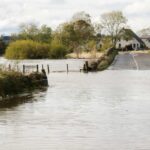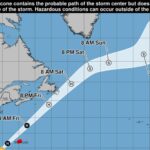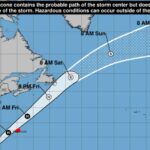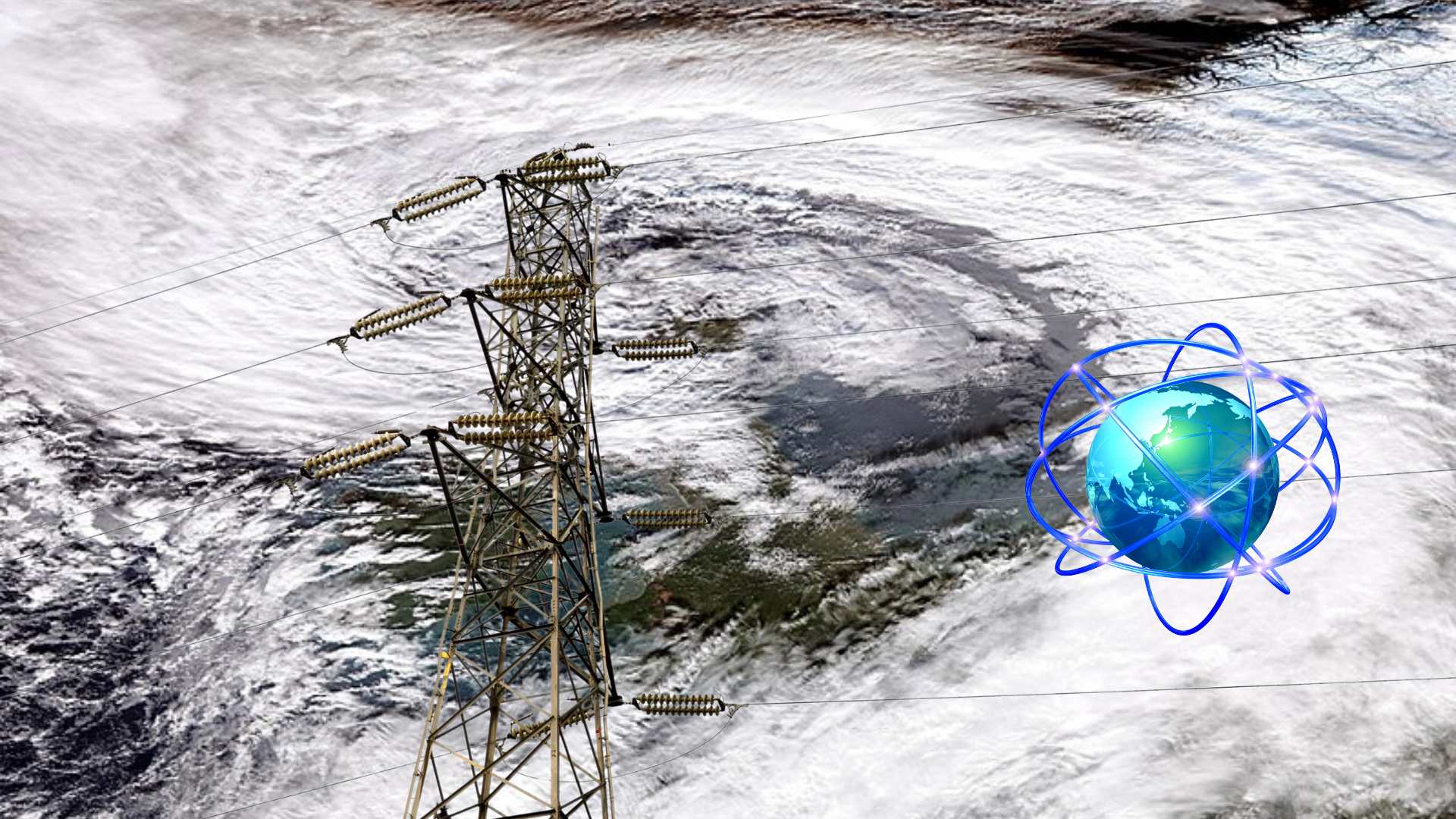
Geese and Swans Cut Stopovers to Beat Arctic Thaw
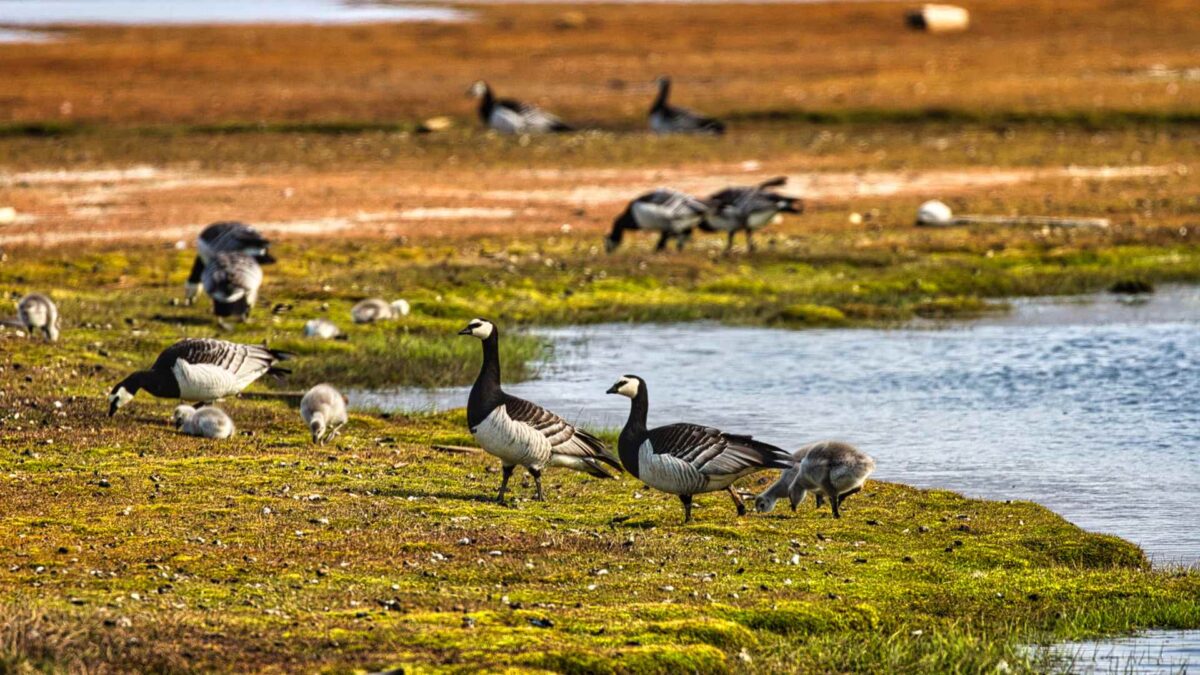
As spring conditions arrive earlier in the Arctic, bird species that travel there to breed are under pressure to migrate faster.
A new study led by researchers from the University of Amsterdam and the Netherlands Institute of Ecology shows that many Arctic-breeding waterfowl still have some flexibility to speed up their migrations, though this strategy may only work for a limited time.
Published on 9 September in Nature Climate Change, the study GPS-tracked over 500 spring migrations of five large waterfowl species: brent geese, barnacle geese, greater white-fronted geese, pink-footed geese, and Bewick’s swans. By combining tracking data with long-term body mass records from the birds’ wintering grounds, researchers found that these birds can reduce the time spent fuelling for their journey, allowing earlier arrivals in the Arctic.
“Birds can migrate faster by adjusting their stopovers and feeding times, but this flexibility will only compensate for advancing spring conditions for a few more decades,” said lead author Hans Linssen.
Timing is crucial for Arctic-breeding birds. When spring arrives and snow melts, insects, plants, and other food sources surge, but this peak lasts only a few weeks. Arriving late can mean missing this window, affecting chick survival and the opportunity to complete the breeding cycle before the cold returns.
Migratory birds cover thousands of kilometres each spring, with most of the journey spent resting and refuelling. The study found that by shortening fuelling periods, birds could cut their travel times significantly. Pre-departure fuelling was especially important for barnacle and brent geese, which rely on energy stores built up before leaving. Factoring this in, some birds were able to reduce total fuelling time by up to 30%, shortening migrations by several dozen days compared to previous years.
The study also showed that birds are flexible in responding to earlier spring conditions. White-fronted geese and Bewick’s swans reduced stopovers and arrived sooner in early-thaw years, while pink-footed and brent geese adjusted less, likely due to fewer stopover options.
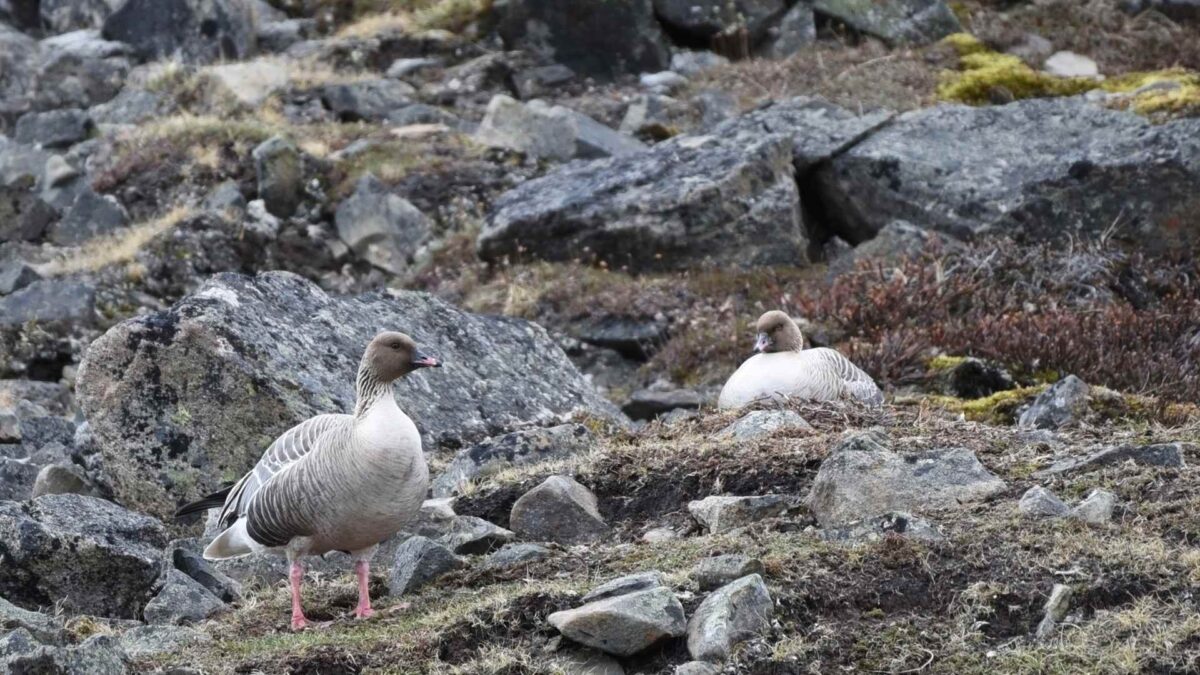
“Birds with more stopovers and shorter flights could better track spring conditions,” Linssen said. “Those flying longer stretches or across the sea have less opportunity to react.”
Despite these adaptations, there are natural limits. Faster fuelling requires high-quality food and favourable conditions, which may not always be available, and birds may arrive in worse physical condition, affecting breeding success. The team estimates that this flexibility could help birds keep pace with spring for another 18 to 28 years. After that, migration alone may not suffice.
“These birds show remarkable adaptability,” Linssen added. “By mid-century, they may need to shift wintering grounds or change migration routes to stay in sync with Arctic spring.”
Share this WeathÉire story: